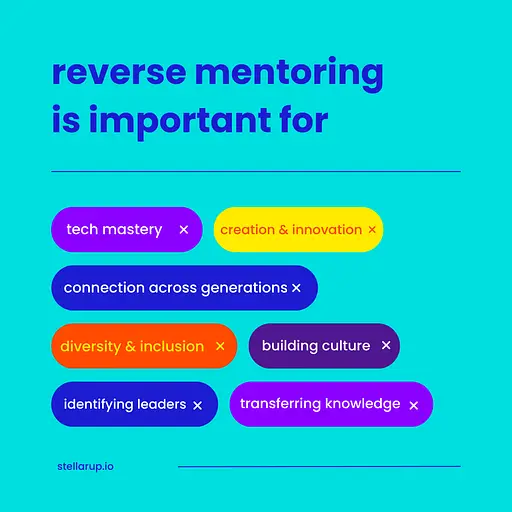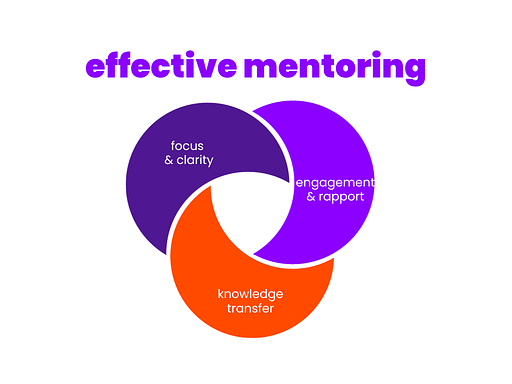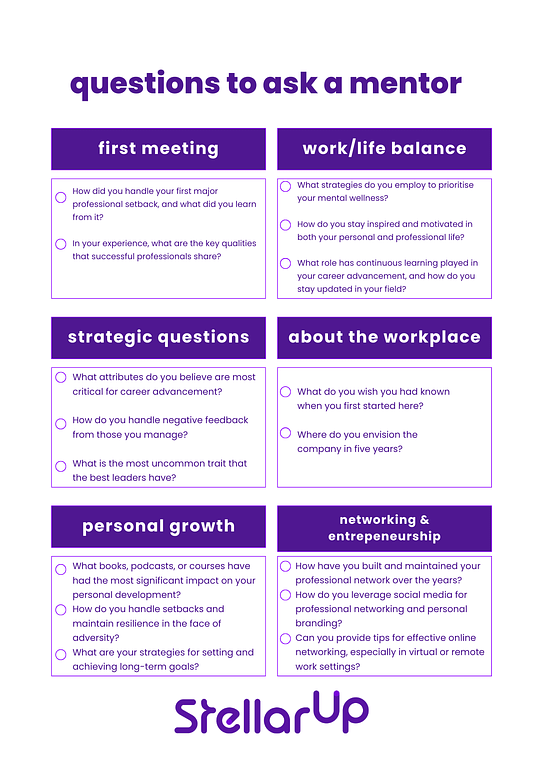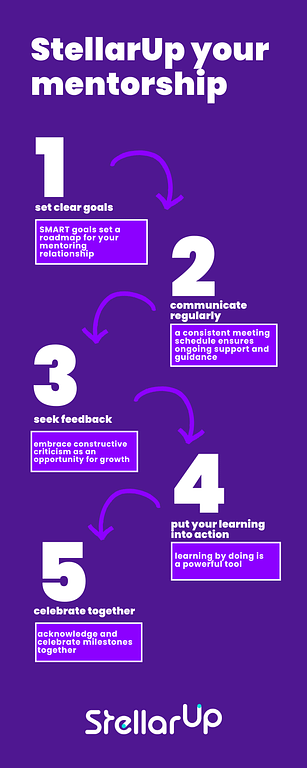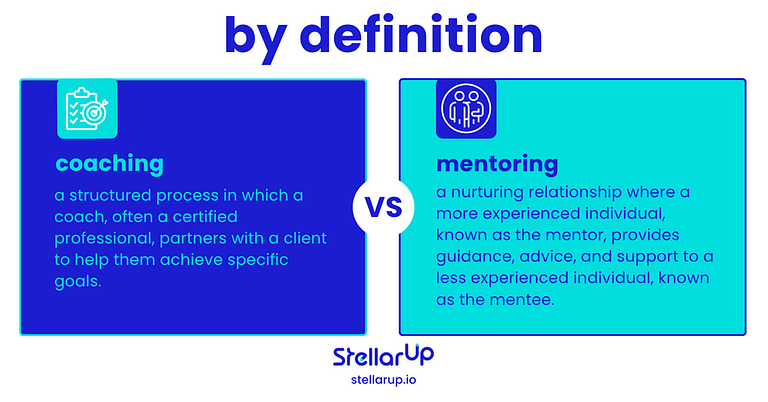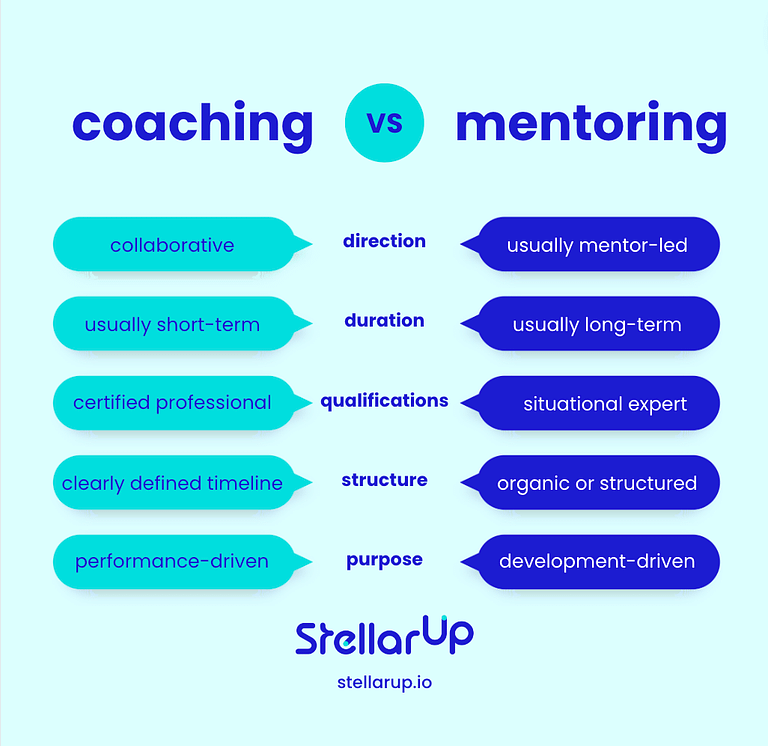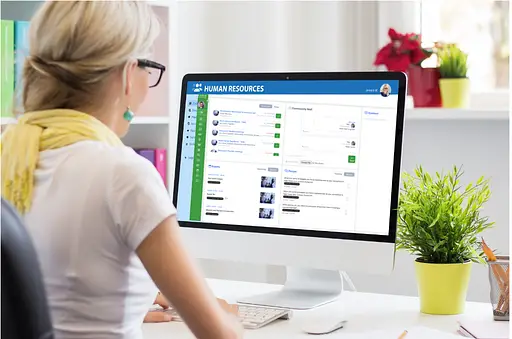Role models play a crucial role in shaping our lives and guiding us towards success. They inspire us to be better versions of ourselves, provide guidance in times of confusion, and offer valuable insights based on their own experiences. In most cases, role models serve in this position without realizing their impact on an individual. But sometimes role models also double as mentors, individuals who take on the responsibility of providing ongoing support and guidance to help others achieve their goals. The qualities that make a person a good role model are often the same qualities that make them an effective mentor. In this article, we explore the characteristics of a good role model and how they translate into being a great mentor.
Before we begin, it’s important to note that role models do not always have to be older individuals as is often assumed. A role model can come from various walks of life, regardless of age or position. A role model can be a peer, a friend, a family member, or even someone younger who has achieved remarkable success. The key is to recognize and appreciate the positive influence they have on our lives. Similarly, a mentor can be someone who is older or more experienced, but they can also be a colleague, a coach, or even a younger person who possesses specific skills or knowledge in a particular area. The mentor-mentee relationship is diverse and adaptable, and any positive influence can be a valuable one.
Now, let’s delve into the characteristics of a good role model and mentor, and how these traits intertwine.
Making Regular Appearances
A good role model and mentor understand the significance of consistent presence in the lives of their mentees. Simply through their actions, role models impress upon those around them the ways in which their actions influence others and in what ways those who look up to them can embody the same positive influence. However, being a good mentor goes beyond happenstance interactions. It involves being a regularly active presence, even in the smallest ways. Sending an email with an interesting article, sharing words of encouragement, or simply checking in to see how things are going can have a powerful impact. These small gestures demonstrate empathy and strengthen the relationship between the mentor and mentee. By consistently showing up, a mentor establishes trust and creates a safe space for open communication.
StellarUp understands the importance of regular interactions and consistent presence in a mentoring relationship and endeavors to maximize the benefits of a mentoring relationship for all parties involved. Through its intuitive platform, mentors schedule regular meetings and check-ins with their mentees and track their progress and engagement with any shared materials on the platform. This allows mentors to tailor their outreach to a specific individual even as a program is in progress. StellarUp also encourages mentors to stay engaged by providing resources such as interesting articles, ideas for activities to try with their mentee, and a record of past mentoring relationships from which mentors can draw insights. By leveraging StellarUp’s capabilities, program managers and mentors can more easily establish a supportive and active presence in the lives of their mentees, fostering a culture of open communication and guidance.
Demonstrating Active Listening
Active listening is a cornerstone of both effective role modeling and mentoring. It requires attentiveness, engagement, and genuine interest in what the other person has to say. Being an active listener means going beyond merely hearing the words being spoken. It involves taking notes, maintaining eye contact, nodding to show understanding, and asking thoughtful questions to delve deeper into the speaker’s thoughts and feelings. Active listening not only helps the role model or mentor gain a better understanding of the speaker’s needs and aspirations but also makes them feel valued and heard.
These small acts foster a strong bond built on trust and mutual respect. It is critical to note, as discussed in a recent article from Forbes, that “an employee is only ever truly heard when their thoughts are put to practical use and progress is made.” Organizations can ensure that individuals are fully informed and heard when they acknowledge the importance of mentee input. When an organization actively follows up on mentee feedback and strives towards using this feedback to reach tangible outcomes, every member of an organization feels equally valuable.
Conducting a mentoring relationship via an online platform encourages mentors to be active listeners by providing tools and guidance. During a virtual session hosted within our platform, mentors can take notes and track their mentee’s progress, ensuring their mentee stays engaged and attentive during mentoring sessions. StellarUp also offers prompts and suggested questions to help mentors facilitate meaningful conversations and encourage mentees to express their thoughts and aspirations openly. This active listening and engagement creates an environment where mentees feel valued and heard, leading to more effective guidance and support.
Being Flexible About Goals
Being a flexible role model when helping someone reach their goals is vital for their development and success. Flexibility can be demonstrated in several ways. Firstly, it requires an open-minded approach, where the role model is receptive to different ideas and perspectives. The role model recognizes that there may be multiple paths to achieving a goal, and is willing to explore alternative strategies or methods that may resonate with the individual looking to them for support.
A good mentor recognizes the importance of having a clear vision and overall goals for the mentoring relationship. However, they also understand the need for flexibility when it comes to the path to achieving those goals. As the mentor and mentee learn more about each other, it is essential to adapt and adjust the goals accordingly. Setting specific objectives for each meeting or session allows for ongoing progress evaluation and keeps the mentee motivated. These objectives should be flexible, capable of being modified at short notice based on the mentee’s progress and changing circumstances. By being adaptable and open to adjustments, a mentor can better cater to the mentee’s evolving needs and aspirations.
Flexibility is essential in a mentoring relationship, and StellarUp understands that goals may evolve over time. The platform allows mentors to set the above mentioned overarching goals and objectives, which can be easily adjusted and adapted as the mentor-mentee relationship progresses. StellarUp’s flexible goal-setting features enable mentors to tailor their guidance and support to meet the mentee’s evolving needs. Additionally, mentors can set specific objectives for each session, ensuring that progress is consistently measured and relevant topics are addressed. By utilizing StellarUp’s goal-setting tools, mentors can guide mentees effectively while maintaining adaptability and ensuring a personalized mentoring experience.
Avoiding Placing Oneself Above the Mentee
A good role model and mentor understand the importance of relatability and approachability. While expertise and achievements are impressive, they can also be intimidating to a mentee. If the mentor is seen as an unattainable figure, the mentee may hesitate to open up or express their concerns freely. To overcome this barrier, a mentor should strive to be relatable. Sharing past failures and setbacks demonstrates that success is not solely determined by a flawless journey but by resilience and the ability to learn from mistakes. By being relatable, a mentor creates an environment where the mentee feels comfortable discussing challenges and seeking guidance without fear of judgment.
An online platform with tools developed specifically for authentic human connection encourages mentors to share their personal stories and experiences, including past failures and setbacks. By being vulnerable and relatable, mentors can create a safe space where mentees feel comfortable discussing their challenges and seeking guidance. StellarUp’s inclusive platform design also allows mentors from diverse backgrounds and experiences to connect with mentees, promoting diversity, equity, and inclusion in the mentorship journey. StellarUp’s proprietary matching algorithm ensures that mentees are connected with mentors who align with their specific goals, interests, and backgrounds. This algorithm considers various factors, including industry expertise, career aspirations, and
personal values, to create optimal mentor-mentee matches. By leveraging the platform’s matching capabilities, mentees have access to a diverse pool of mentors who can provide unique perspectives and valuable insights, leading to a more enriching mentoring experience.
Having a Curious Nature
Curiosity is a quality that sets exceptional mentors and role models apart. Curiosity is a positive characteristic of a role model as it fosters a lifelong love of learning and inspires others to explore new ideas and possibilities. A curious role model demonstrates a genuine thirst for knowledge, asking questions, seeking understanding, and embracing intellectual curiosity. By embodying curiosity, they inspire those around them to approach challenges with an open mind, encouraging growth and innovation. Curiosity also encourages critical thinking and problem-solving, enabling individuals to navigate complexities and adapt to change. Ultimately, a curious role model sets an example of continuous learning and shows others the value of intellectual exploration and personal development.
In a mentoring relationship, curiosity not only shows genuine interest in the mentee’s development but also contributes to the mentor’s personal growth. Curious mentors actively seek knowledge, proactively exploring various resources such as journals, reports, and industry trends. Their thirst for knowledge and understanding enhances their mentoring abilities and enables them to provide well-rounded guidance. By continuously learning and expanding their knowledge base, curious mentors remain adaptable and up-to-date, ensuring their mentees receive the most relevant and insightful support. As referenced in the research findings of Marjan Laal, the benefits of lifelong learning are powerful and diverse. Laal suggests that continuous learning “sharpens the mind, the confidence, the interpersonal skills, the career opportunities, and the communication skills” of those taking advantage of the opportunity.
StellarUp goes beyond traditional mentorship platforms by fostering a sense of community and belonging. The platform encourages mentors and mentees to participate in group activities, workshops, and networking events, creating opportunities for collaboration and shared learning. StellarUp’s community-building features allow mentees to connect with other like-minded individuals outside of a 1:1 mentoring relationship, expanding their network and gaining additional support.
Establishing a Community
Mentoring can be a positive experience that has the power to transform the way participants interact within organizations, communities, and with people in their everyday lives. If you have had a successful mentoring experience and are inspired to create your own mentoring community, StellarUp provides the perfect platform to bring your vision to life. StellarUp empowers mentors and mentees to establish their own mentoring programs if one does not already exist. With its user-friendly interface and robust features, StellarUp streamlines the process of creating and managing a mentoring community. Whether you aim to foster professional development, personal growth, or both, StellarUp offers a comprehensive solution. By hosting your mentoring program on StellarUp, you can leverage its powerful matching algorithm, diverse resources, and community-building tools to create an environment where mentorship thrives. Start your mentoring journey on StellarUp and unlock the potential of mentorship to catalyze positive change and growth.
Final Thoughts
In conclusion, being a good role model and mentor requires a specific set of characteristics and habits. These qualities, such as regular presence, active listening, flexibility, relatability, and curiosity contribute to effective mentoring practices. The connection between being a good role model and a good mentor lies in the shared traits and behaviors that inspire and guide others towards success. Remember, role models can come from various backgrounds and age groups, and the mentor-mentee relationship can take on different styles and dynamics. The key is to recognize the positive influence in any form and embrace the opportunity to make a difference in someone’s life. By embodying the qualities of a good role model and mentor, you can create a lasting impact on the personal and professional growth of those with whom you interact.

